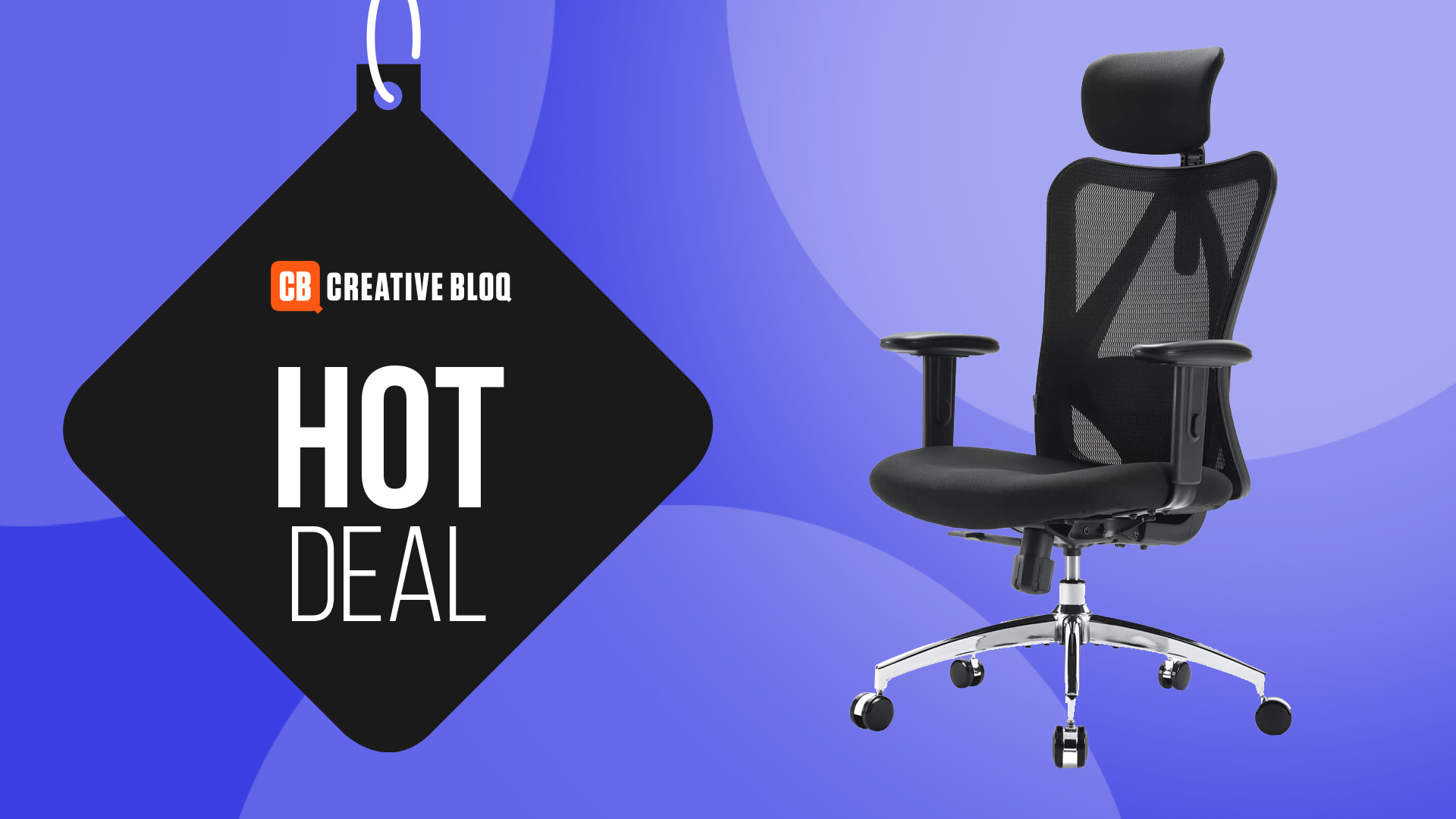Build a custom Maya interface
Create the perfect working environment for your needs, using Maya's UI customisation options.
Modern software can be hugely powerful and all-encompassing. Maya is no different, offering a bewildering array to tools, commands and options to help you reach your desired result. But how do you manage this?
There are lots of Maya tutorials around, as well as useful helpers in the form of shelves and focused menu sets. However it's possible to define your own preferences for your working environment, showing what you want, where you want it. Over the next few steps you'll learn how to make the most of the Maya UI and roll your own UI design to best use your available screen real estate.
01. Explore the default layout

Open Maya and look at the default layout. There's a lot going on and while much of it is very useful, it often pays to take time to build a dedicated, task-specific workspace. It's easy to do as well, so let's get stuck in.
02. Start streamlining

For this example let's look at building a space for polygon modeling. All extraneous options can be removed to give us maximum space to concentrate on our geometry.
Click the Running man/cog icon in the bottom right to open the Preferences pane, then select the UI Elements from the options on the left. This shows many things we can turn on and off. Start by unchecking the Status Line, Time and Range sliders, and the Command Line. Click Save and close the window. Already we have a more streamlined feel.
03. Get rid of the toolbox

I would also suggest unchecking the Tool Box options, which are the selection tools and viewport layouts that run down the left of the application. However, if you are new to Maya, only do this if you are comfortable with the keyboard shortcuts for these items. They are some of the first you should learn, so you should be good to go, but keep in mind that you might still need quick access to certain commands.
04. Shelves

When it comes to dealing with shelves you have options. You can access the tools in the shelves from the Space Bar menu, but you may still like to keep a simpler shelf in view, depending on your preferred way of working.
Get the Creative Bloq Newsletter
Daily design news, reviews, how-tos and more, as picked by the editors.
If you like the shelf but want less clutter, click the gear icon to the left of the shelf and choose to hide Shelf Tabs. You can still access the different shelves by clicking the double line above the gear.
05. Build your own shelf

If you want quick access to just a few tools but from different shelves, click the gear again and choose New Shelf, giving it a name when prompted. To add tools to the shelf ctrl+shift and click the tool as normal. You will find it is now housed in your custom shelf.
This, combined with the previous step on hiding tabs, makes for a clean workspace but one that still gives you access to all your most commonly used tools.
06. Clean up your viewports

If you want to return to Preferences editor (it's now gone because we've hidden the command line) go to Windows > Settings > Preferences. Head to the Interface section so you can clean up your viewports.
Uncheck Show menubar in panels, as the icons alone will be enough. As with so many things in Maya, there are multiple methods of accessing the same thing. Decide which one you prefer and set your workspace accordingly.
07. Get mesh info

When modeling it can be particularly useful to see certain details about a mesh, such as the polygon count or other measures of your project. To show various elements in your viewport go to Display > Headsup and click the double dotted line to tear off the menu.
Now you can spend a little time defining what information you would like constant access to. Of course you can come back and hide things at any time too.
08. Customise your colours

If you aren't happy with the colours of certain UI elements, go to Windows > Settings > Preferences > Colors, where you will see a long list of sub-sections. Let's look at our HUD colours, which we were dealing with in the previous step. Depending on your viewport, these may be less visible than you like, or stand out too much.
Find the Heads Up Display tab and click it. There are four sliders that let you adjust to suit. Once done, you can go through the other tabs, adapting other colours to suit. That said, the defaults have had a lot of thought put into them and do work well in most cases.
09. Save your new UI

When you've created a UI set you're happy with, let's save it. There are options that let Maya forget or remember workspaces and UI sets, but it really is best practice to save it as a custom option. This will enable you to choose it at will, depending on what task you are working on.
To do this is very simple. Just click Windows > Workspaces > Save Workspace, then give it a name. It will now appear in the list of other presets at the top-right of your application.
Related articles:

Thank you for reading 5 articles this month* Join now for unlimited access
Enjoy your first month for just £1 / $1 / €1
*Read 5 free articles per month without a subscription

Join now for unlimited access
Try first month for just £1 / $1 / €1

Rob Redman is the editor of ImagineFX magazines and former editor of 3D World magazine. Rob has a background in animation, visual effects, and photography.
